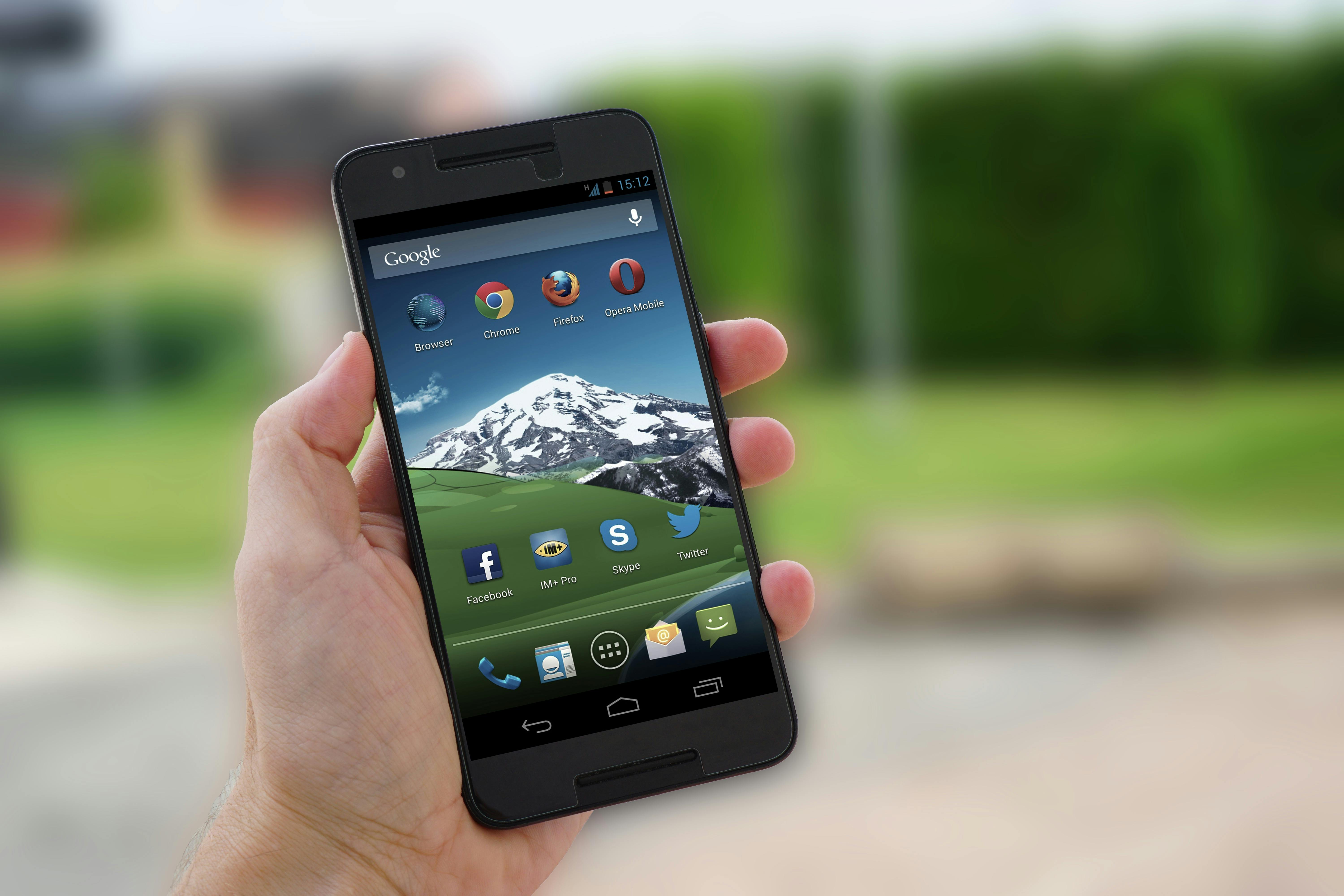
Apply Now


How to Properly Turn On Vibrate on iPhone in 2025
Understanding the Importance of Vibration Alerts
In an age where smartphones are integral to daily life, vibration alerts serve as a crucial feature for managing notifications discreetly. Many users prefer to keep their iPhones on silent mode, especially during meetings or while at events. Understanding how to enable vibration on an iPhone becomes essential to ensure that important notifications are not missed. For parents managing children's schedules, vibration notifications can help keep track of reminders without disturbing others. Implementing these vibration features allows users to customize their notification experience effectively. With this in mind, let's dive into the specific steps required to turn on vibrate on your iPhone.Accessing iPhone Vibration Settings
To start adjusting your iPhone vibration settings, you need to access the device settings. Begin by locating the 'Settings' app on your home screen. This app provides comprehensive controls over sound and vibration settings. Once opened, scroll down and find the 'Sounds & Haptics' option. Within this section, you will discover all relevant features related to iPhone sound and vibration. In particular, the vibration toggle iPhone feature is paramount to customizing alerts specific to your needs. Here, you can toggle the vibration options for ringtones, messages, and other notifications.Enabling iPhone Vibration Mode
Once you have accessed the vibration settings, you will see an option labeled 'Vibrate on Ring' and 'Vibrate on Silent'. To ensure that vibration alerts function effectively, both options should be enabled. This allows your iPhone to vibrate even when it is set to silent mode, providing a dual-function alert system. If you find that your iPhone vibration is not working as expected, this could indicate a need to troubleshoot settings or restore iPhone defaults. Keep an eye on the vibration intensity as well, which can be adjusted under the 'Haptic Feedback' settings.Adjusting iPhone Vibrate Settings for Optimal Performance
How to Customize iPhone Vibrate Intensity
Personalizing your iPhone vibrate feature begins with adjusting the haptic feedback settings. In the same 'Sounds & Haptics' section, explore options for modifying vibration intensity. By selecting 'Vibration' at the bottom, you can create or choose a specific vibrate pattern for different notifications, enhancing user experience. Additionally, opting for unique vibration patterns for calls or text messages allows for effective notification management. For instance, you may decide on a longer vibration for calls while applying a short buzz for text messages, aiding in quick identification of notification types.Quick Access to Vibration Settings
A seamless experience involves knowing shortcuts for accessing vibrate settings quickly. On many iPhones, a simple way to turn on vibration is using the physical Sound/Silent switch on the side of your device. When flipped to silent, ensure the vibration settings are activated in the settings menu. For quicker adjustments, utilizing Siri to enable or disable vibration can save valuable time. Simply activate Siri and say, "Turn on vibrate," or "Enable vibration on silent," to manage settings without navigating through the menu.Troubleshooting iPhone Vibration Issues
Instances where iPhone vibration not working can be frustrating. Begin troubleshooting by checking the settings once more to ensure everything is correctly configured. If the vibration alerts remain unresponsive, reviewing the physical hardware might be necessary. Sometimes, a software update can resolve these issues. Head to 'General' in the settings and look for any pending updates that might improve the performance and settings of your iPhone vibrate feature. If problems persist, seeking expert help from Apple Support can provide additional guidance.Exploring Advanced Features for iPhone Vibration
Managing iPhone Vibration Alerts
Navigating through the iPhone notification preferences allows you to customize how different apps notify you of events. Explore configuration options for apps such as Messages, Email, and social media platforms. Each app can have distinct vibration patterns, providing efficient management of your alerts. By tapping on an app under 'Notifications', select 'Vibrate' to customize its settings. Enable vibrate options alongside sound alerts to create a personalized, multifaceted notification system.Importance of Haptic Feedback Settings
The iPhone’s haptic feedback features enhance overall usability by providing tactile feedback when performing certain actions. These settings can be independently managed to ensure the vibrate feature aligns perfectly with your preferences. Users can access haptic feedback under 'Accessibility', choose 'Touch', and find 'Vibration', allowing for a comprehensive customization process that might include activating or deactivating certain haptic responses.Configuring Vibrate Profiles for Different Situations
Another method to enhance your iPhone's vibrate capabilities involves creating profiles for different scenarios, such as business meetings, home environments, or outdoor activities. Utilizing the 'Focus Mode' feature on iPhones allows users to activate these settings quickly based on their current environment. For instance, during a meeting, set a profile where only urgent notifications through vibration are allowed, filtering out unnecessary alerts while remaining informed on critical updates.
Common Mistakes to Avoid When Activating Vibration on iPhone
Forgetting to Enable Vibration for Specific Notifications
While adjusting general settings, it's easy to overlook the need to enable vibration specifically for certain app notifications. Make it a habit to carefully configure each app’s settings, ensuring nothing important slips through unacknowledged due to improper configurations. Resources such as an iPhone user guide present useful insights into customizing your device’s notifications effectively and ensuring optimal performance.Neglecting Software Updates
Routine software updates can significantly influence how your iPhone vibration settings work. Regularly updating your device helps fix bugs and improve the overall performance of various features, including vibration alerts. To keep your iPhone running smoothly, check for updates often and understand the benefits of the latest features introduced with each new iOS version.Overlooking Accessibility Features
iPhone accessibility features can greatly enhance the experience for users requiring specific adjustments. Options like 'Vibration' under accessibility provide alternative ways to manage notifications, making it easier to navigate multiple alert scenarios. By exploring these features, users can ensure that their iPhone vibrate feature is both efficient and effective based on individual needs.